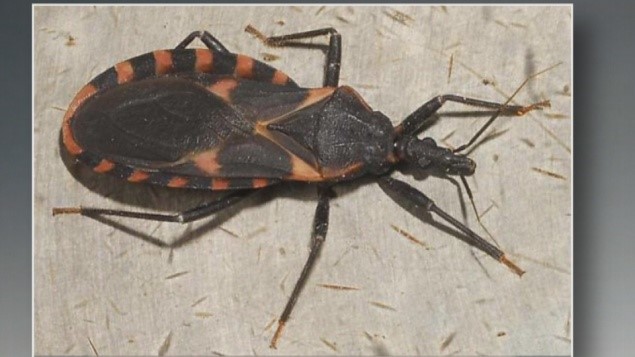Columbia, SC (WLTX)- Since the Center for Disease Control and Prevention reported "Kissing Bugs" in South Carolina, there's been a lot of buzz about it. How much of it is true and how much of it is sensationalized? An insect expert from Clemson Extension says, it's mostly sensationalized.
In the 30 years that Dr. Tim Davis has been working with bugs, he's only seen the kissing kind three or four times.
They are about an inch long, are fairly flattened with red and black around the border.
It is most commonly confused with a Wheel Bug or the Stink Bug.
The "Kissing Bug" likes to live underneath surfaces. The most common one is underneath tree barks. They can also live in cracks at your home but the chances of that are slim to none.
The chances of getting bitten, Davis says are even smaller.
"It's going to feed for about 20 minutes, it has to defecate, it has to infected with the parasite and not all the bugs have that then you have to rub it into a wound yourself and get enough of it in there for you to actually get it" said Davis.
Getting the deadly Chagas Disease from a "Kissing Bug" is very rare because according to Davis the one that we have here in the U.S. and particularly in South Carolina doesn't defecate while it feeds. "It goes somewhere else to do its business" said Davis.
If you do get bitten and the bug is carrying Chagas - it looks and feels like you got pricked with a thick needle.
There's two phases to the disease:
- Acute phase- It'll be very similar to the flu
- Chronic symptoms- those can be things like enlarged hearts and the intestinal muscles become enlarged and don't function correctly
Davis wants people to remember that most animals you can put a name to are going to be way more common than the "Kissing Bug".
Davis recommends starting to kiss the buzz of the bug goodbye. "Don't worry about this, you've got a lot bigger things to worry about than this" said Davis.
There are two to three native species of the "Kissing Bug" in South Carolina. There's a total of 11 species.
According to Davis, from those who are actually infected with the parasite only 5% will ever have any symptoms. That means only 2.5 people out of 1,000 will die from it.
If you see a bug that you think might be a "Kissing Bug" you can always take it to the Clemson Extension just make sure not to crush it.


